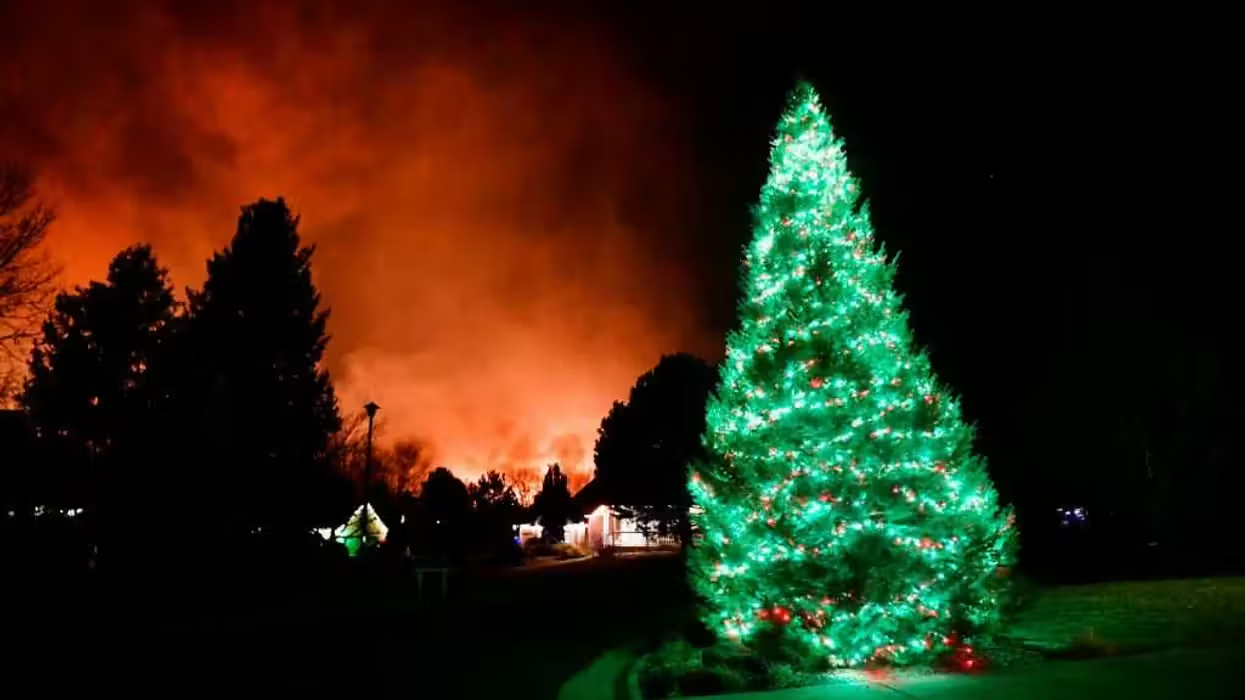
Last year, NASA satellites caught evidence of a black hole in the act of swallowing a star. Until then, researchers had only seen the aftermath of such destruction. Now, a team from Johns Hopkins University has been able to put together a simulation of the event.
Space.com likens the work Johns Hopkins astronomer Suvi Gezari led to CSI -- cosmic scene investigation. Not only were the researchers able to figure what what sort of star was being "murdered" but also what the act looked like in real time.
Check out the simulation:
The simulation above, as Gezari explained to CBS's Baltimore affiliate shows how "the gravitational force of the black hole literally ripped it apart, stretched it into a thin stream."
According to Space.com, the black hole's activity was first spotted in 2010 when a flare was scene in what was thought a dormant black hole 2.7-billion light years away. Here's more about what the telescopes that registered data in the months following:
When the star is ripped apart by the gravitational forces of the black hole, some part of the star's remains falls into the black hole while the rest is ejected at high speeds," Gezari said. "We are seeing the glow from the stellar gas falling into the black hole over time."
The flare of light reached peak brightness a month after it was detected, then slowly faded over the next 12 months. By measuring the rise of the flare's brightness, the scientists calculated the rate at which the star's gas was getting sucked into the black hole. This in turn helped reveal at what point and time the black hole had begun disrupting the star, revealing how powerful its gravitational field was and thus its mass.
The astronomers estimate the black hole's mass to be 3 million suns, comparable to our Milky Way's central black hole.
Space.com also notes they team analyzed the spectrum of gas that was ejected from the black hole in order to determine what kind of star was swallowed. Gezari said she believes the star was at first surrounded by a "hydrogen envelope," which was eventually sucked up by the black hole. Then, she believes the star got closer to the hole -- as close as the distance between the Sun and Mercury -- before it was consumed. It was at this point Gezari said they observed helium streaming into the black hole.
"This is the first time where we have so many pieces of evidence, and now we can put them all together to weigh the perpetrator — the black hole — and determine the identity of the unlucky star that fell victim to it," Gezari said to Space.com. "These observations also give us clues to what evidence to look for in the future to find this type of event."
[H/T Drudge Report]








